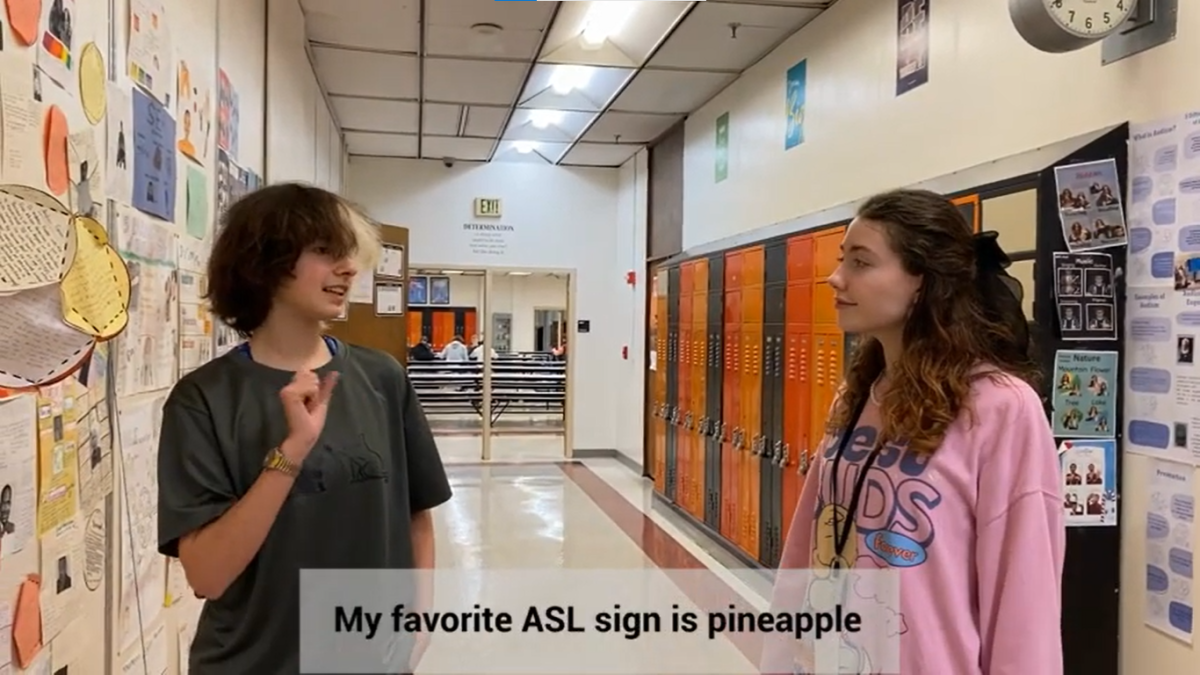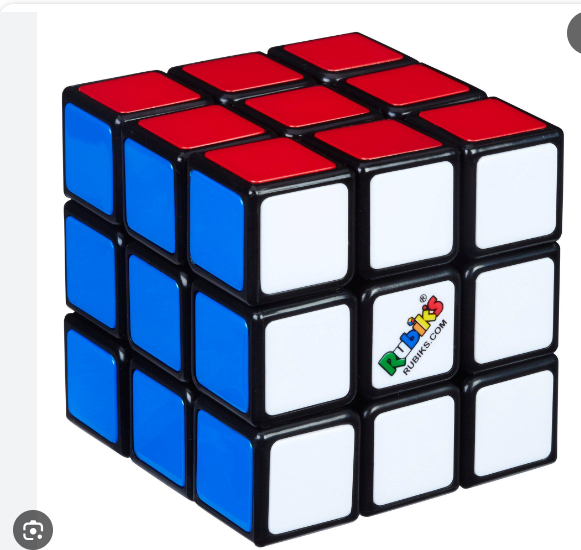By Yvonne Wenger and Scott Dance
The Baltimore Sun
(MCT)
BALTIMORE _ Singer Art Garfunkel, a real estate magnate and an investor are putting $2 million in gold bullion on the line to inspire researchers to cure blindness by 2020, establishing through Johns Hopkins Medicine one of the world’s largest prizes for a scientific advancement.
The men, one-time roommates at Columbia University, intend for the prize to trigger research into the variety of diseases that cause blindness _ 80 percent of which are preventable _ in 39 million people around the world.
Dr. Peter McDonnell, director and ophthalmology professor at the Wilmer Eye Institute at Johns Hopkins, said Friday that the time between this week’s announcement and the day the prize will be awarded is exactly the same period, 2,978 days, from President John F. Kennedy’s challenge to put a man on the moon and Neil Armstrong’s first steps on its surface.
“This is our generation’s moonshot,” McDonnell said. “We’re now within striking distance of being able to end certain blinding diseases.”
The money, which is nearly double the prizes awarded to the Nobel laureates this year, is expected to grow, McDonnell said. The excitement generated by the announcement could lead to more donations and, perhaps, pledges to fund the research, he said.
Garfunkel, of the 1960s-1970s duo Simon and Garfunkel, joined Sanford Greenberg, chairman of the Wilmer Eye Institute’s Board of Governors, and Jerry I. Speyer, a New York-based real estate tycoon, in donating the gold bullion.
“I am thrilled to join my college roommates in this effort to conquer blindness,” Speyer said.
Neither Garfunkel nor Greenberg could be reached for comment Friday. According to Hopkins, the prize fulfills a promise Greenberg made when he was blinded by glaucoma at age 19.
An independent council will present the prize Dec. 13, 2020, to the individual, team or institution that is determined to have accomplished the most in the next eight years to end blindness worldwide. McDonnell said he can envision researchers and scientists assembling groups that can submit a package of cures to the awards committee, including individuals who specialize in cataracts, age-related macular degeneration and genetic eye disorders.
Jeff Todd, chief operating officer for Chicago-based Prevent Blindness America, said the prize will provide an incentive for already motivated researchers and scientists, but as it stands now, blindness for many people is preventable.
“We’re not committing the resources and the public health research that is necessary, that we know is important, what we know can work,” Todd said.
In the United States, Todd said, diabetes is one of the leading causes of loss of vision, and the cure for the disease is available to many of those affected _ eat healthier and live more active lives.
“For most blinding conditions, we don’t have to wait for the cure. It’s already here,” Todd said.
For many suffering vision loss, the prospect of further research into their disorders provides hope.
Timonium, Md., resident Scott Soldan started noticing a loss of night vision in his late teens and was declared legally blind and unable to drive in his mid-30s. He now has a 30-degree field of foggy vision because of retinitis pigmentosa and fears that in the next five years the disease could prevent him from work in carpentry designing roof trusses. But he is optimistic that research could help slow his vision loss.
“It definitely gives me a reason to keep my fingers crossed,” said Soldan, 41. “Being someone who suffers with vision loss, I can just imagine that whatever disease may find a cure, it’s a great thing.”
Others were thankful for the donors’ gesture but are less focused on finding ways to medically treat vision loss.
“While it’s good to prevent blindness, and it’s not something that people would choose, it is something that can be lived with,” said Chris Danielsen, spokesman for the Baltimore-based National Federation of the Blind. The group focuses on helping people adjust to vision loss through rehabilitation services, Braille resources and text-to-speech computer technology.
“At some point you have to accept where you are,” said Danielsen, who has been blind since birth. “If there was a medical intervention that could make me see, I don’t know what that would mean.”
Dr. Julia A. Haller, the ophthalmologist in chief at the Philadelphia-based Wills Eye Institute and an expert on retinal disease, said advancements in science and medicine have put a cure within reach. For example, she said the U.S. Food and Drug Administration in July approved a groundbreaking miniature telescope that can be implanted in the eye to improve vision.
Haller, a Baltimore-area resident, applauded the goal to cure blindness by 2020.
“That’s a great goal; it’s a catchy end point; it’s a lot of money, and it’s very exciting,” she said. “I spent my life trying to erase the scourge of blindness from the Earth. That’s why I do what I do and what my colleagues do; you won’t find people cheering any more loudly than we are.”
Significant investments in research also exist. Dr. Sheila West, an ophthalmologist and professor at the Wilmer Eye Institute, received a $10 million grant in 2007 from the Bill & Melinda Gates Foundation to work on eradicating a bacterial eye disease called trachoma that blinds an estimated 4 million people worldwide each year.
McDonnell, the director at Hopkins’ eye institute, said the winner of the $2 million prize will likely not be limited in the way he or she, or they, can use the money. The concept is modeled after the Nobel Prize, he said, though conversations are continuing about how to ensure the best use of the donation.
The prize is bigger than most scientific research awards. The John D. and Catherine T. MacArthur Foundation awards “genius” grants to writers, scientists, musicians and artists. Each is worth $500,000. In 2011, the foundation gave $230 million in awards.
The Gruber Foundation gives annual awards worth $500,000 for achievements in genetics, justice, women’s rights and neuroscience. Hopkins professor Charles L. Bennett won this year’s Gruber Prize for cosmology for research he led in forming what is known as the “standard model” explaining the makeup, origins and expansion of the universe.
Prevent Blindness America, founded in 1908, has provided $1 million in annual grants for eye and vision research projects. This year’s Investigator Award winner was Dr. Alex V. Levin of the Wills Eye Institute, who is involved in a project with Philadelphia schoolchildren who have significant visual impairment and require continuing treatment.
In August, the National Eye Institute, a division of the National Institutes of Health, announced $3,000 awards it will provide to as many as 20 contestants who submit the most compelling ideas to advance the science surrounding vision loss and blindness. Submissions to the initiative, called the Audacious Goals Challenge, must be submitted by Nov. 12.
Dr. David W. Parke II, chief executive of the American Academy of Ophthalmology, said he wouldn’t be surprised if the prize being administered by Hopkins were to grow. He said nearly every person knows someone who is visually impaired or blind, and people fear being stricken with blindness. Studies consistently rank blindness among people’s top three fears, including death and being diagnosed with cancer.
Parke said the academy’s more than 30,000 members _ what he called one of the most powerful and effective forces in the quest to end blindness _ stand behind the goal attached to the $2 million.
“I can’t tell you how much the academy applauds those who are making the Greenberg prize a reality,” Parke said. “We share their passion. We share their goals. Anything we can do to advance the cause, this academy will do with great enthusiasm.
“The goal captures the imagination. It is something that is so bold it is chilling in its potential.”
___
(c)2012 The Baltimore Sun
Visit The Baltimore Sun at www.baltimoresun.com
Distributed by MCT Information Services





